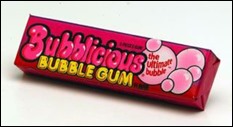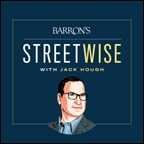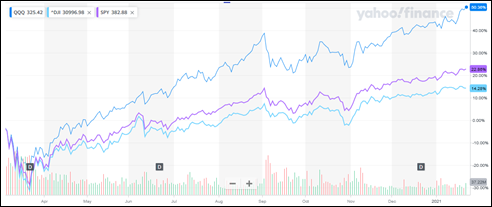Bubblicious, but I am not talking about bubble gum popping
Posted By RichC on January 26, 2021
All I can think about are the stock market “bubbles”  from the past. I’d love to believe the upward trend we’ve seen this past years is genuine and built on an appropriate foundation, but suspect as most know, it is being built on “hope” and “stimulus dollars.”
from the past. I’d love to believe the upward trend we’ve seen this past years is genuine and built on an appropriate foundation, but suspect as most know, it is being built on “hope” and “stimulus dollars.”
Now that is not to say that certain companies are not doing well and going gangbusters due to less competition due to the pandemic, but overall, most Americans (and people around the world) are sitting tight, earning less and hoping for brighter days ahead. They aren’t necessarily being productive or adding to a countries GDP, it’s growth and wealth.
The good news is that it does look as if most people are ready to recover when the vaccines begin to slow the Coronavirus spread (no sign of that yet). The questionable part is just how much damage to society’s fabric did COVID19 do?
Part of progress is learning to do things more efficiently, and we have for the most part. Unfortunately just as with automation, computer efficiency and most any advancement in the past … fewer workers will be needed. Some questions are, will we need expensive commercial real estate, malls and stores, office towers or all the businesses that support them and the infrastructure? Is business travel really the most efficient way to be productive? If it becomes unnecessary, what happens to all those employees and the cities they once worked in?
I also sense the flood of stimulus money has not been allocated wisely and that much of it ended up in the pockets of those knowing how to navigate and take advance of others. Just as children lost a year of schooling, many families lost a year of income and may be flirting with stock trading and investing on their own (in their free time). This can be dangerous since herd mentality takes over and rarely ends well (the herd “running towards for a cliff” thing). Those trading on their own are often not diversified and may be jumping into the market at high and often at ridiculous valuations.  Like the MMT-ers, advocates for entitlements and politicians addicted to debt spending while interest rates are low and the US dollar is strong, what happens
Like the MMT-ers, advocates for entitlements and politicians addicted to debt spending while interest rates are low and the US dollar is strong, what happens if when they are wrong?
On the other hand, no one I know has correctly predicted when sentiment turns and just how devastating a crash can be every time. For me, I think it is time (past time) to be cautious and careful. As my favorite Barron’s writer Jack Hough highlighted in his podcast and Barron’s Magazine column, “If the shoeshine boys are giving stock tips, it’s time to get out.”
I spoke this past week with renowned value investor Jeremy Grantham, who recently wrote that the U.S. stock market is a “real humdinger” of a bubble that will pop by late spring or summer at the latest. Grantham’s critics say he declares bubbles like Wolf Blitzer uses the breaking-news chyron—more often than needed. But then, the S&P 500 index looks pricey, at 23 times this year’s predicted record earnings, and investors have seen three violent stock crashes just since 1999.
You can’t just go by the stock market’s price/earnings ratio, says Grantham. “A bubble peaks when you reach almost unbearable levels of ecstasy,” he says. His recent note points to scattered signs. Tesla (TSLA), you might have heard by now, was recently valued at $1.25 million per vehicle sold, versus some $9,000 for General Motors (GM). And you might know that last year had more initial public offerings than 2000, when the dot-com bubble peaked. But did you know that half of last year’s IPOs were so-called blank-check companies, created to shop for acquisitions to be named later? Or that the number of small companies that have suddenly tripled in value is itself triple the high of the past decade? Or that the number of small-fry options trades multiplied eightfold last year?
That’s intriguing, but relying on ad hoc indicators and gut feelings makes me nervous. I don’t want to mistake wearing flannel-lined pants fresh out of the dryer for unbearable ecstasy, and sell too early. Anyhow, I’ve given up on trying to time the market. And even if I hadn’t, the economy is on the mend, and the Federal Reserve has said it will keep short-term interest rates low for years. Doesn’t that bode well for stocks?
Bubbles always come with wonderful stories, says Grantham. Investors extrapolating low rates far into the future today are like those in the past who acted as though fast economic growth would last forever. “The market doesn’t end with some terrible burst of bad news,” says Grantham. “It ends when things are pretty darn good, but not quite as good as yesterday.”
What’s unique about the current bubble is that “the fundamentals underneath money have sucked,” he adds. Rising valuations, therefore, have to be “carried exclusively by moral hazard.” The bubble will end, says Grantham, when widespread vaccinations solve investors’ most pressing problems, triggering relief and followed quickly by the realization that economic conditions remain poor.

Comments